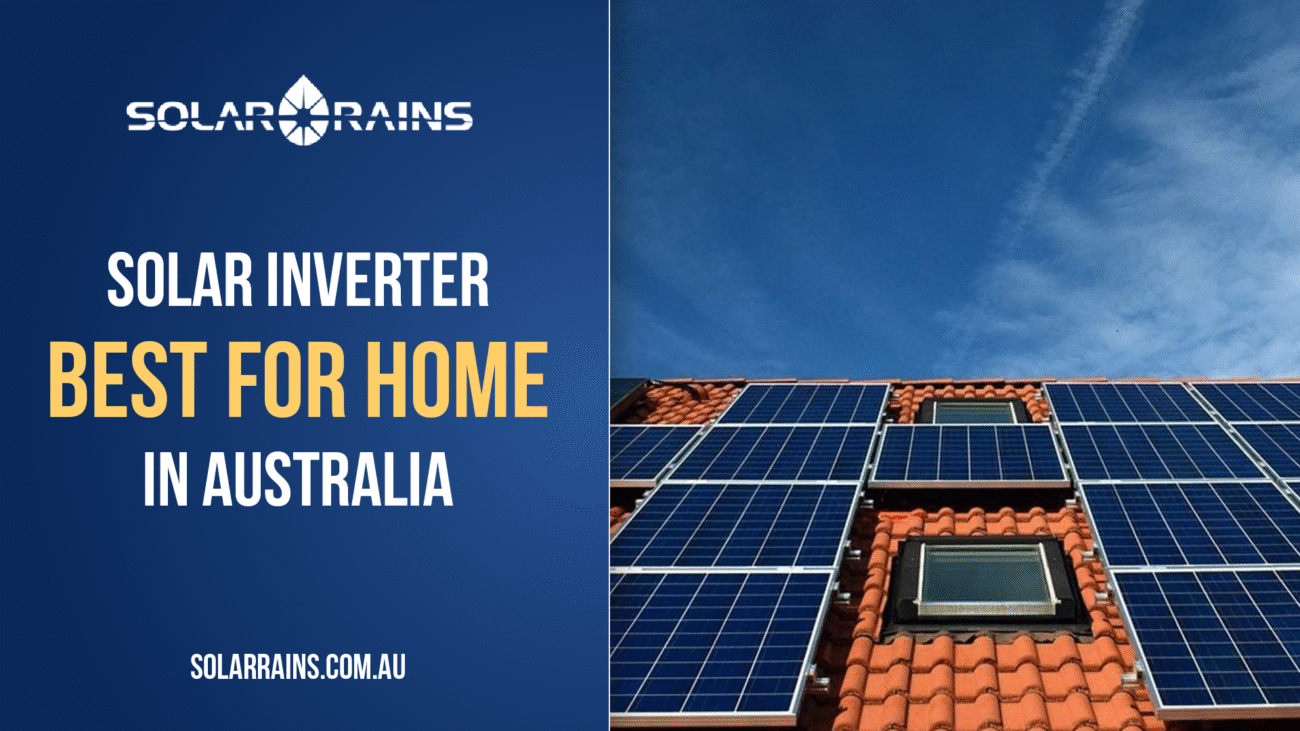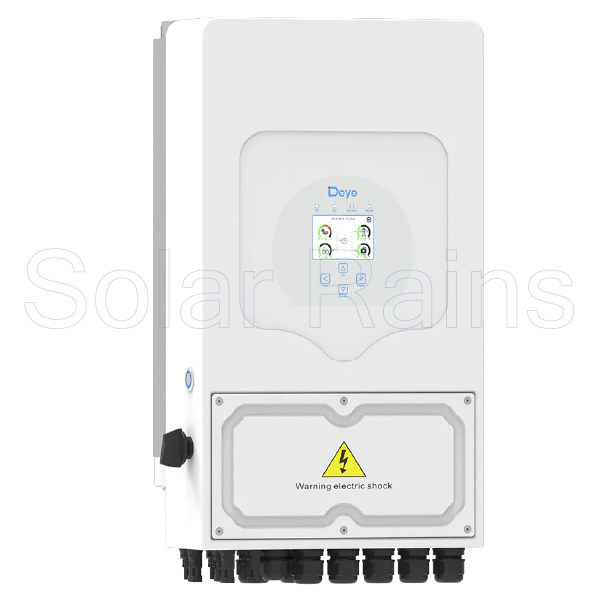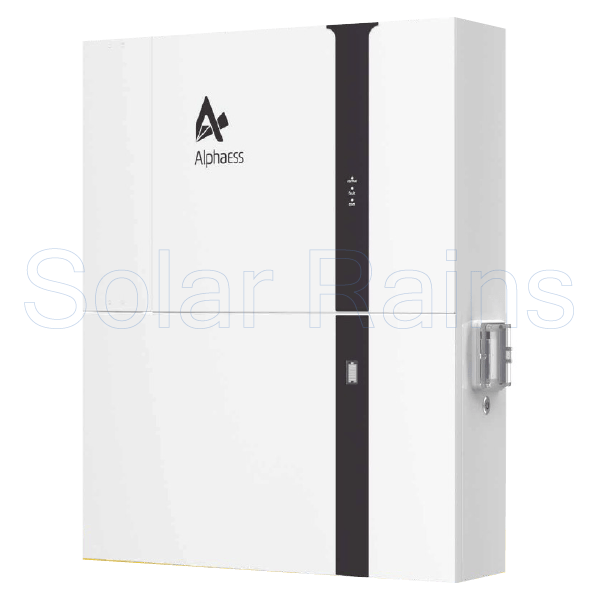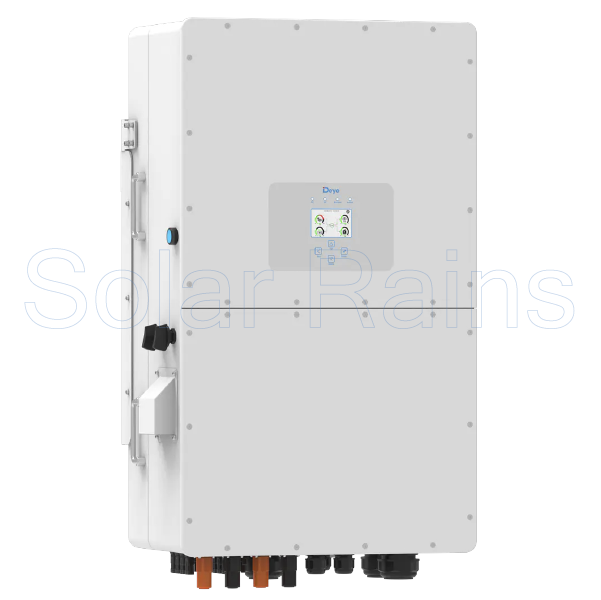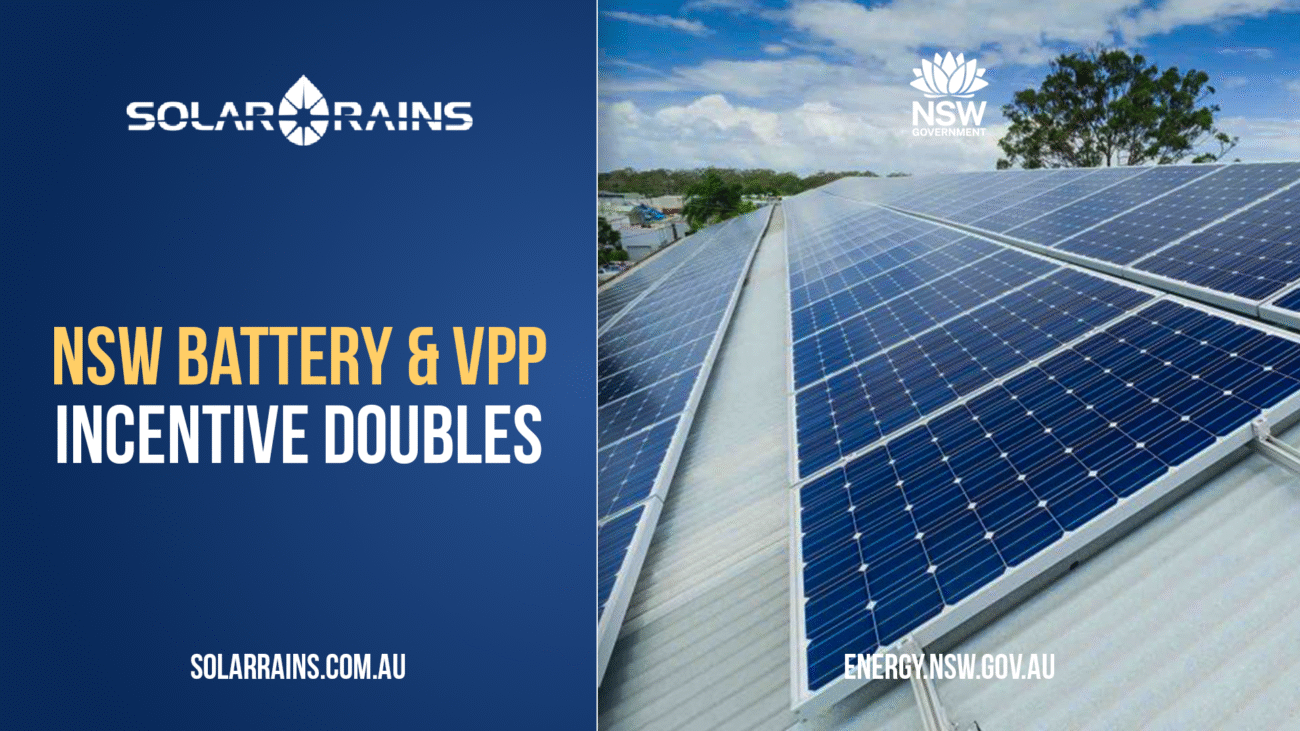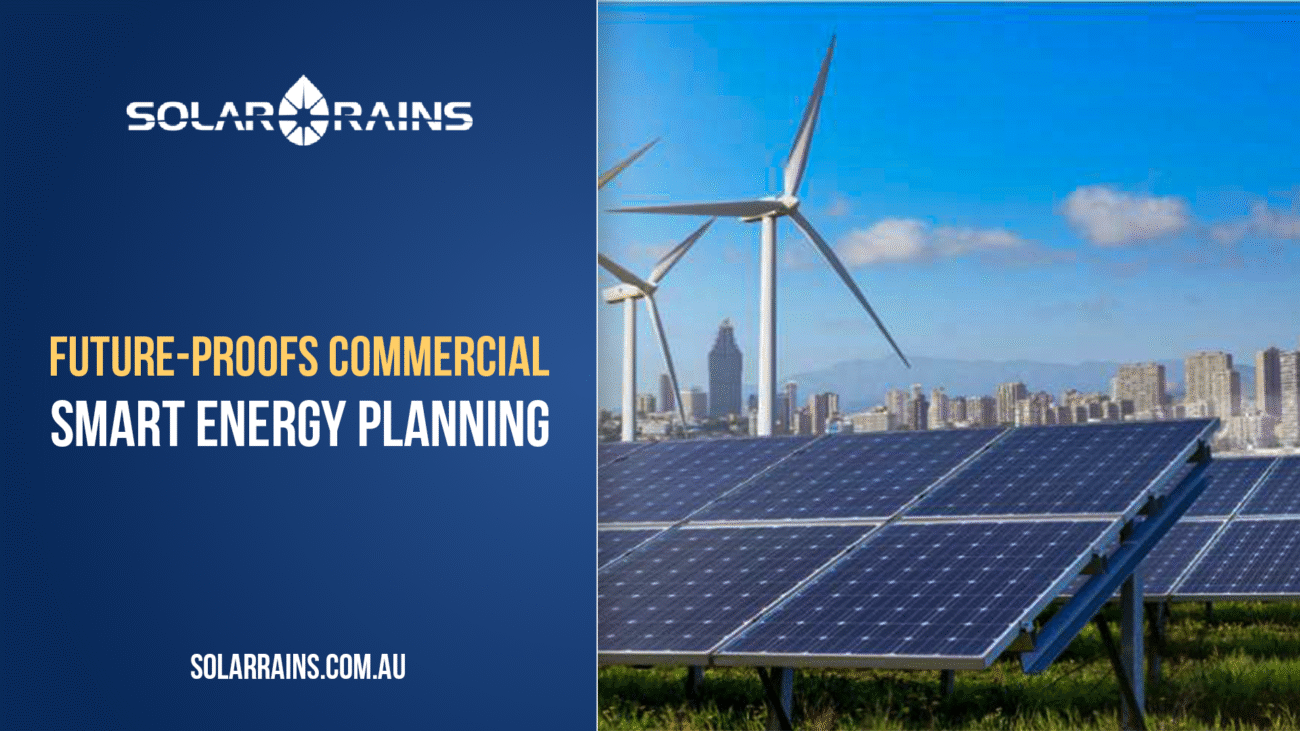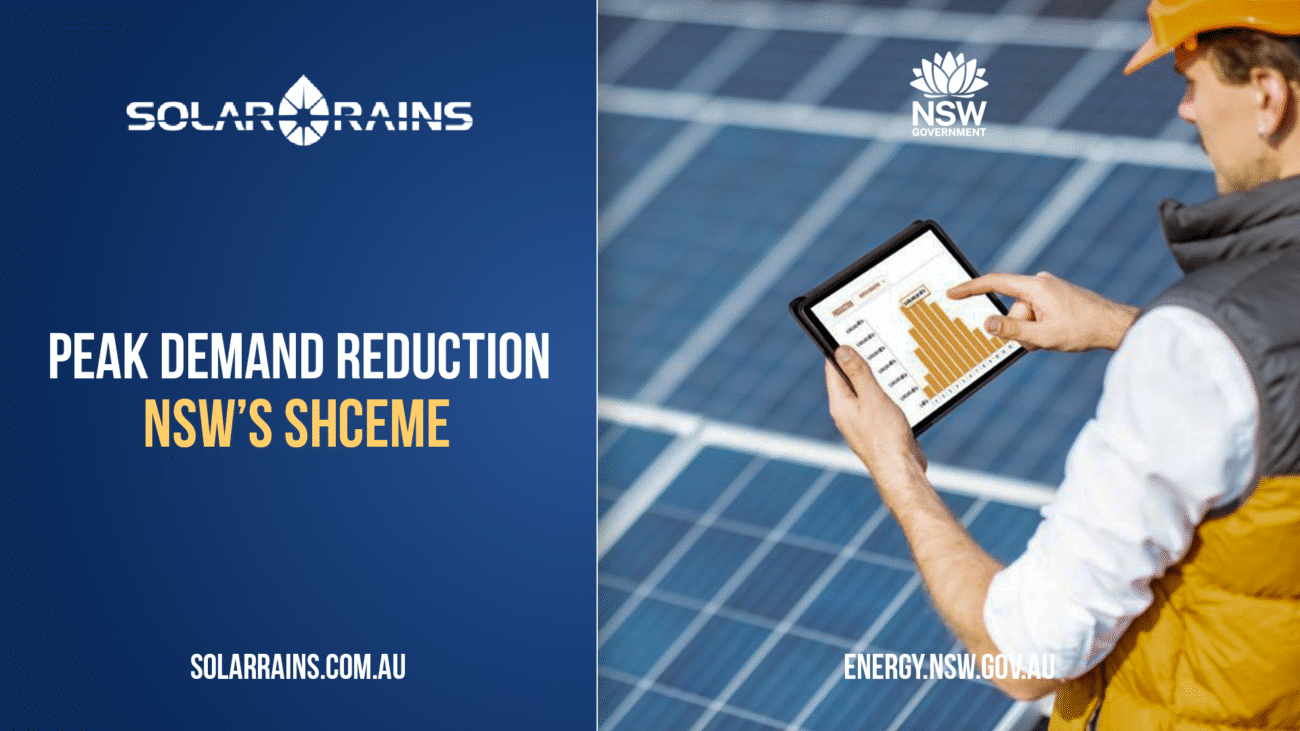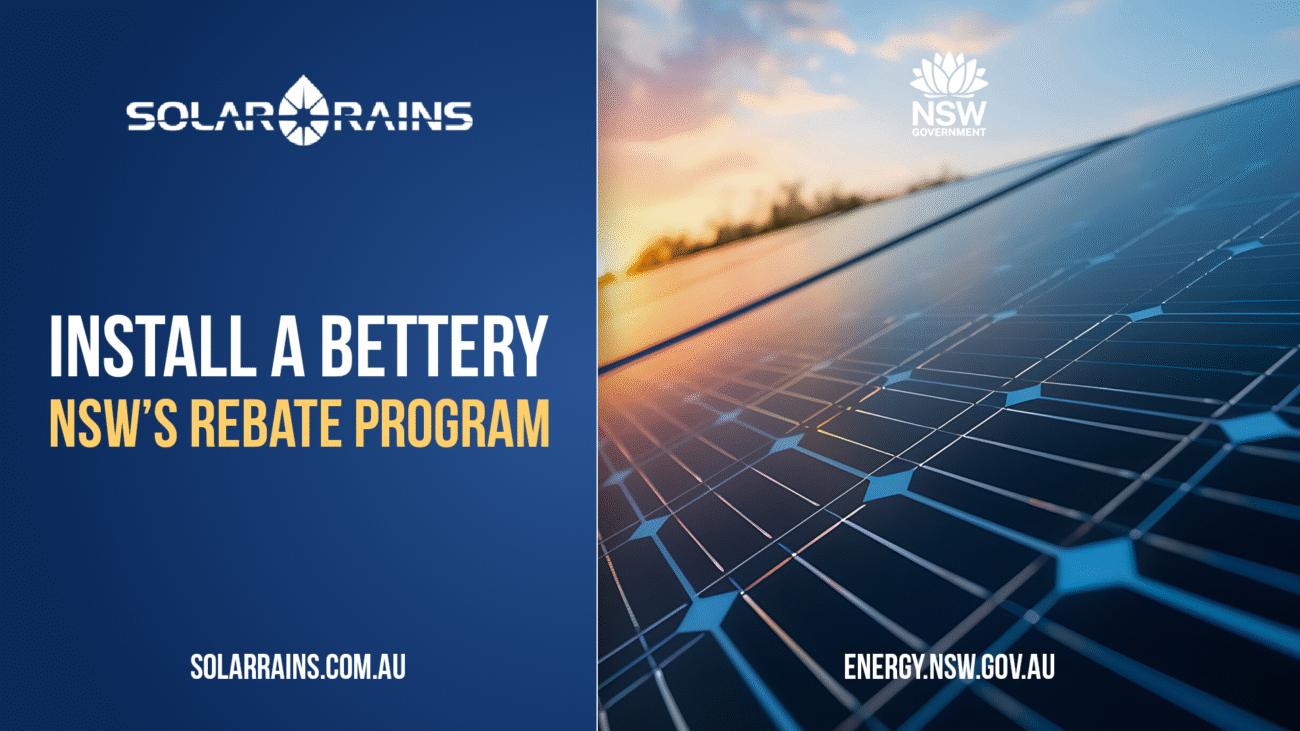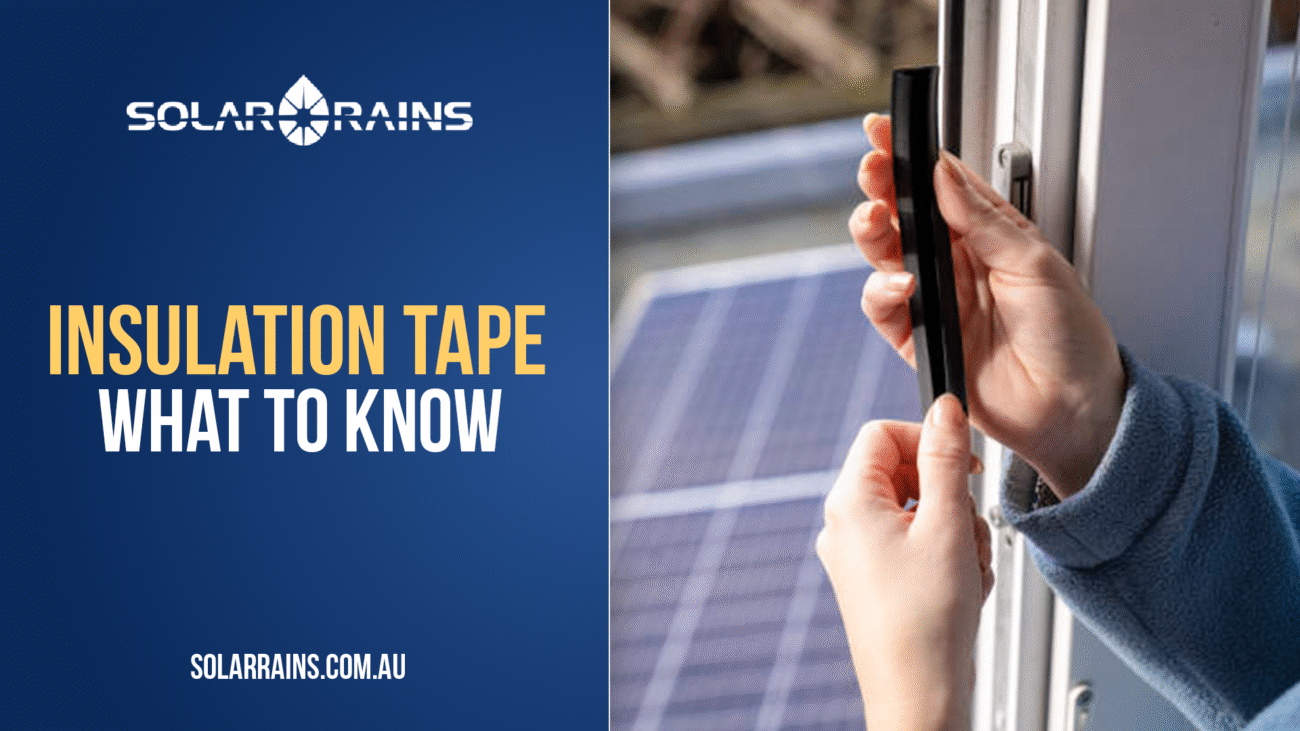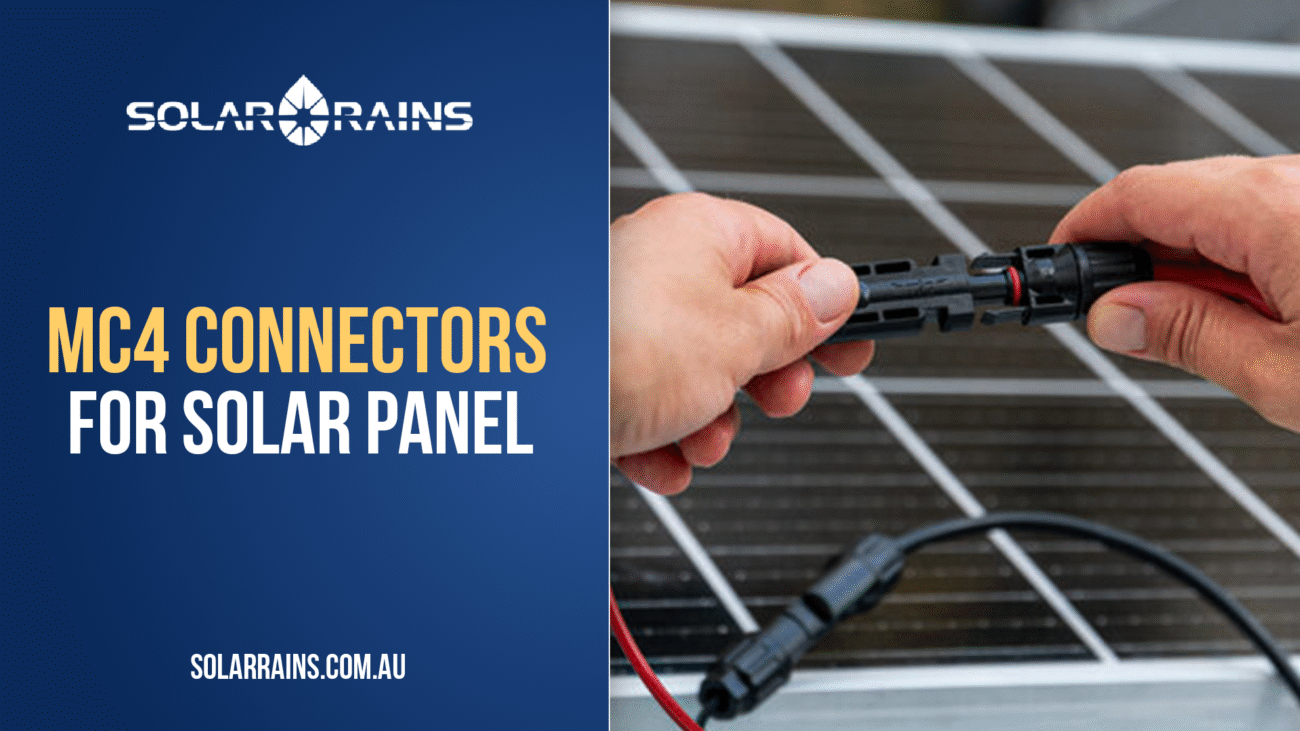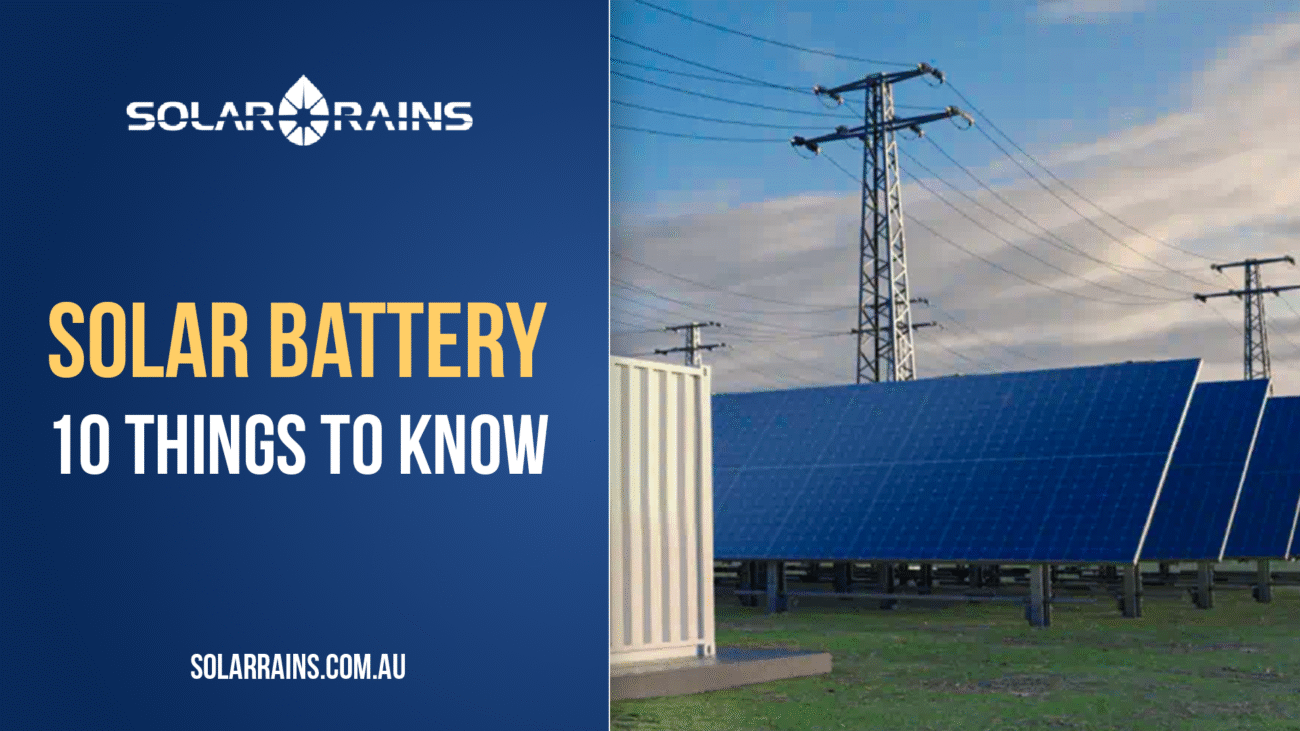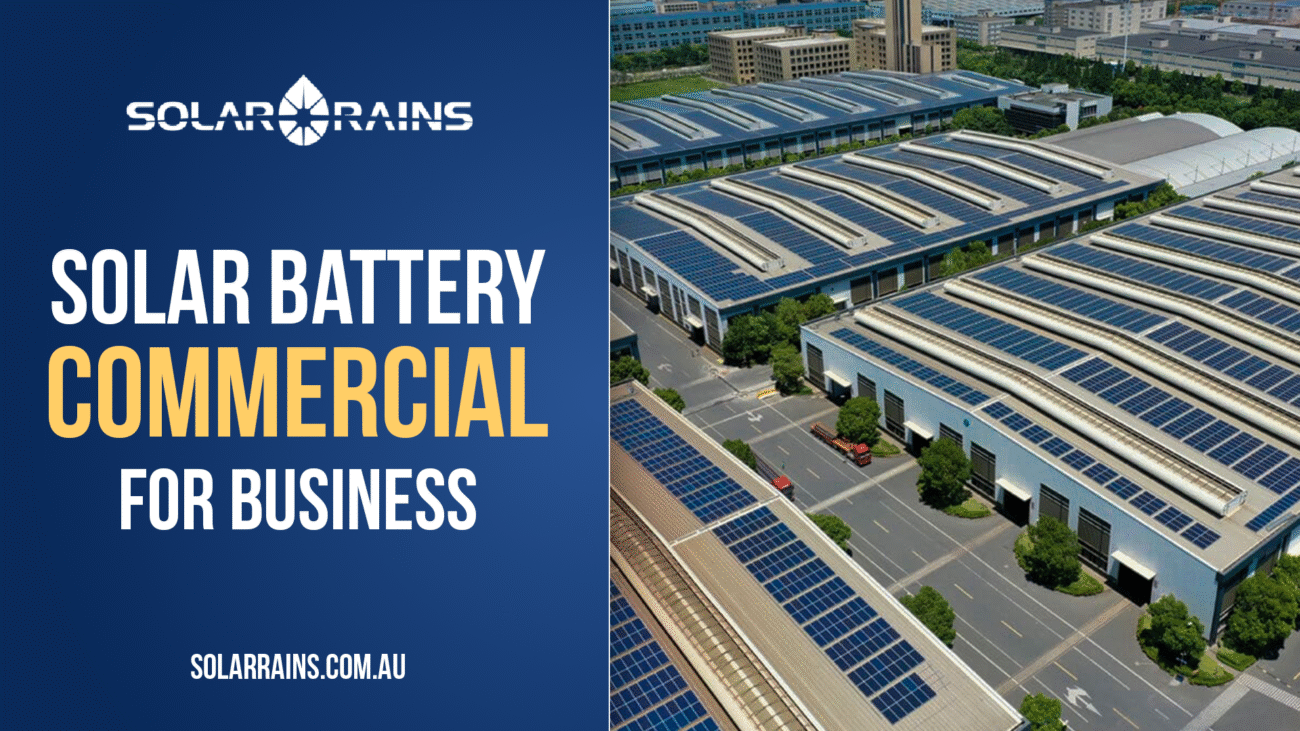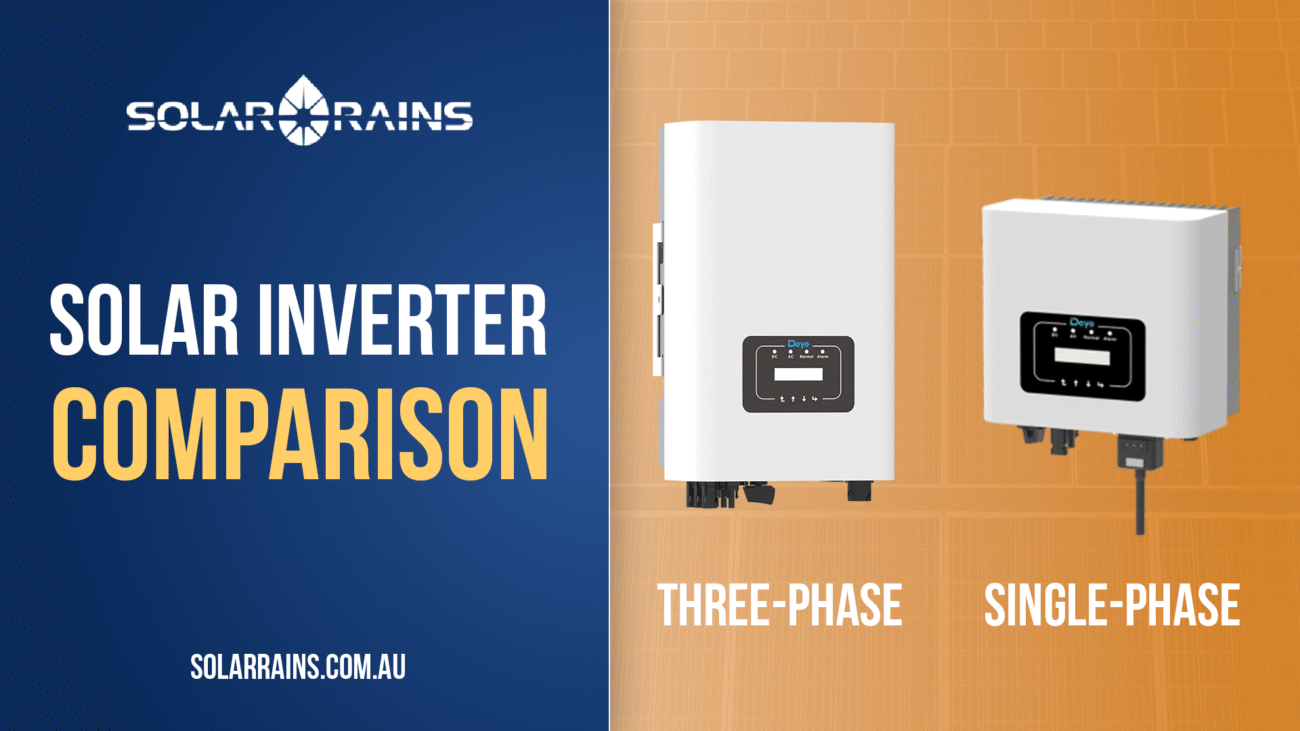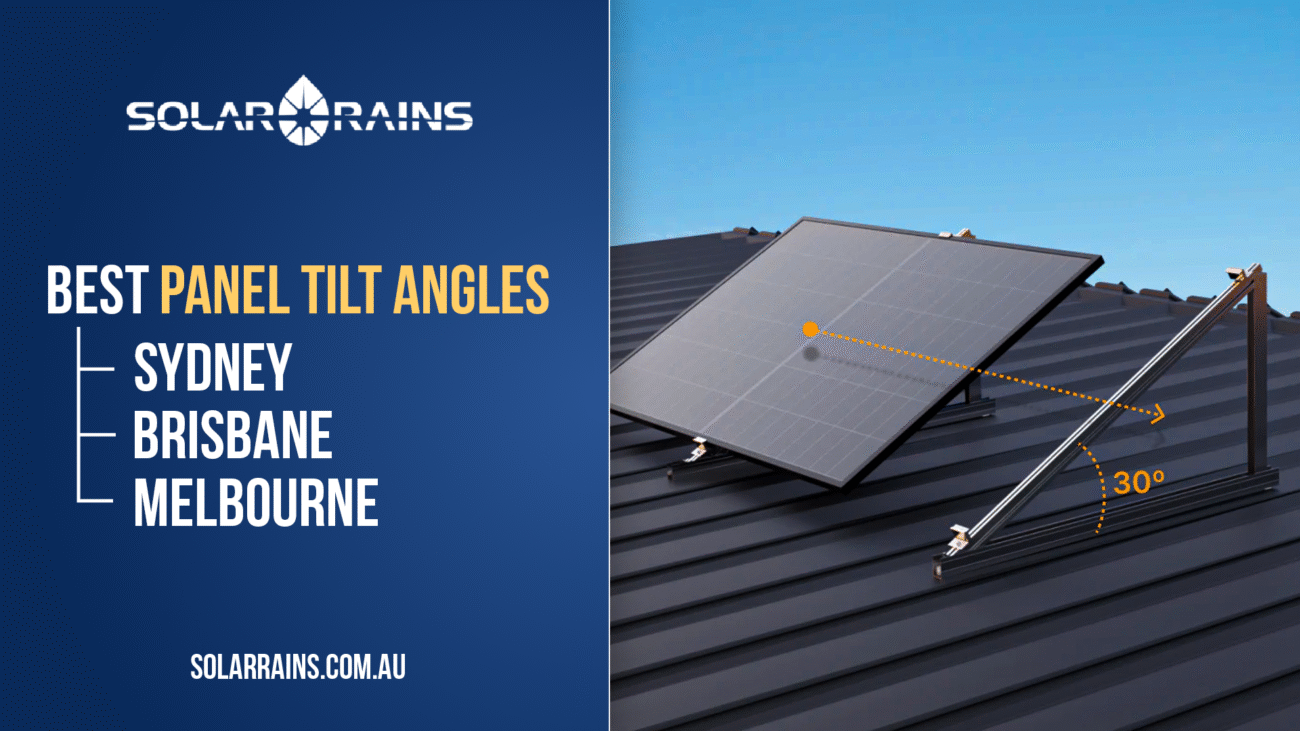As Australia continues its rapid transition toward renewable energy, more homeowners are installing solar panels to reduce electricity costs and carbon footprints. Yet, one crucial component often overlooked in this journey is the solar inverter — the brain of your solar power system. This guide will help you understand how solar inverters work, why they matter, and how to choose the best solar inverter in Australia for your home.
Why Solar Inverters Matter in Home Solar Systems
A solar inverter is the bridge between your solar panels and the appliances in your home. While panels generate electricity in Direct Current (DC), most household devices use Alternating Current (AC). The inverter converts this DC energy into usable AC energy, monitors performance, and ensures safety compliance.
Without a reliable inverter, your solar system can underperform, costing you energy savings over time.
Key functions
- DC to AC conversion
- Performance monitoring
- Safety shut-off in grid failures
- Battery integration (for hybrid models)
Types of Solar Inverters for Australian Homes
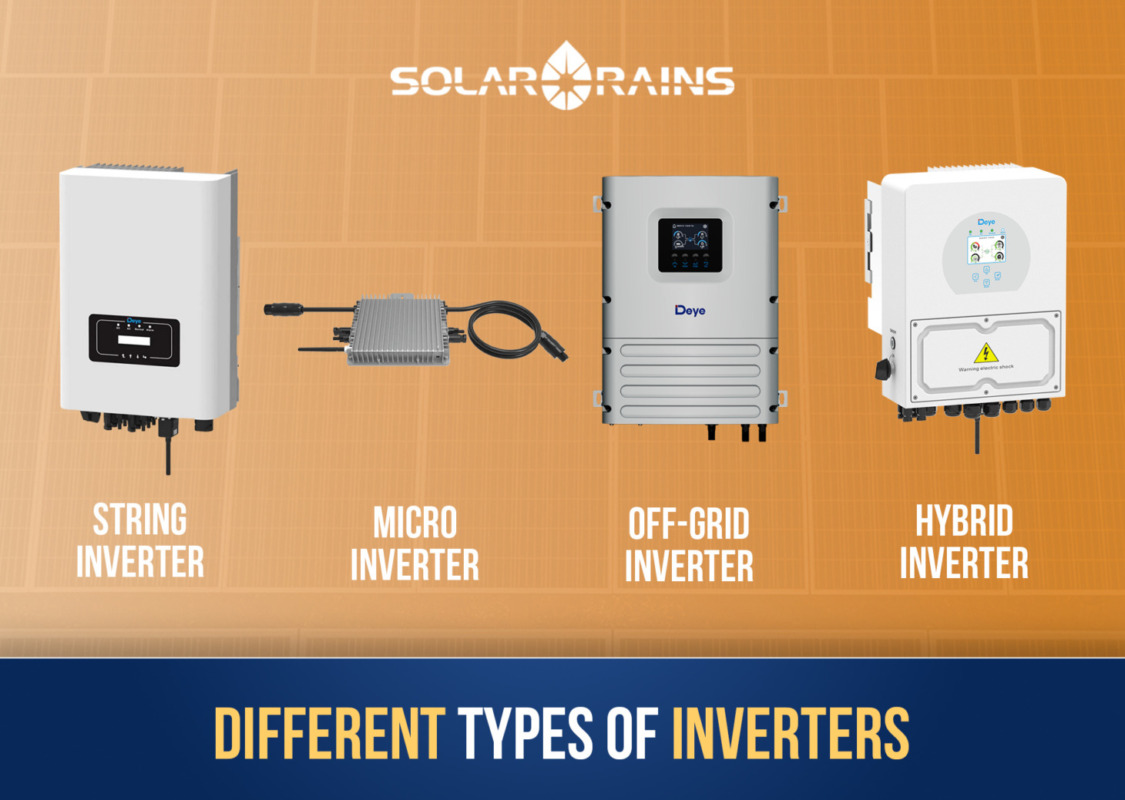
Different homes require different inverters. Here’s a quick breakdown:
String Inverters
The most common type. All solar panels are connected in series to a single inverter.
| Pros | Cost-effectiveSimple installation |
| Cons | Performance impacted if one panel is shaded or faulty |
Microinverters
Each panel has its own small inverter.
| Pros | Optimises individual panel performanceIdeal for roofs with multiple angles or partial shading |
| Cons | Higher upfront cost |
Hybrid Inverters
These combine a solar inverter and battery inverter into one device.
| Pros | Battery-readyEfficient for energy storage systems |
| Cons | Slightly more expensive |
Off-grid Inverters
For completely standalone systems not connected to the grid.
| Pros | Essential for rural areas |
| Cons | Complex to design, requires batteries and backup |
Criteria for Choosing the Best Solar Inverter
Power Output & Compatibility
Match the inverter size with your panel capacity. A 6.6kW panel array typically pairs with a 5kW inverter under Australian Clean Energy Council guidelines.
Efficiency Ratings
Look for:
- Euro efficiency: More realistic across varying conditions
- Peak efficiency: Max performance under ideal conditions
Top-tier inverters have efficiency above 97%.
Warranty & Brand Reputation
Choose inverters with:
- Minimum 10-year warranties
- Local support and service in Australia
Monitoring Capabilities
Wi-Fi or app-based monitoring lets you:
- Track energy production
- Spot faults quickly
- Monitor savings in real-time
Battery Readiness
If you plan to add batteries, opt for a hybrid inverter from the start.
Top 5 Best Solar Inverters in Australia (2025)
| Brand | Model Range | Efficiency | Hybrid Option | Warranty | Notes |
| Fronius | Primo, Symo | 97.8% | No (but compatible) | 10 years | Reliable Austrian brand |
| Sungrow | SH5K-30, SG series | 98.4% | Yes | 10 years | Best value-for-money |
| SolarEdge | HD-Wave, StorEdge | 97.6% | Yes | 12 years | Panel-level optimisation |
| Deye | SUN-8K-SG05LP1-AU | 97.5% | Yes | 10 years | Well-known hybrid supplier |
| GoodWe | DNS, EM, EH | 97.2% | Yes | 10 years | Compact & efficient |
Check availability and installation options through your trusted solar supplier.
Benefits of Investing in a High-Quality Inverter
- Higher energy conversion = more savings
- Less downtime due to fewer failures
- Peace of mind with extended warranties
- Future flexibility with hybrid systems
If you plan to go solar wholesale or expand into commercial solar products, choosing scalable inverter brands is critical.
Common Pitfalls to Avoid
- Undersizing/oversizing the inverter improperly
- Ignoring inverter placement (it should be in a well-ventilated, shaded space)
- Skipping monitoring systems
- Choosing cheap brands with no service in Australia
Always consult certified solar power suppliers who understand local grid conditions and product suitability.
When Should You Consider Upgrading Your Inverter?
- End of 10-year warranty
- Planning to add a solar battery
- Frequent shutdowns or low performance
- Changes to your electricity usage pattern
If your current inverter isn’t hybrid-ready, upgrading can unlock more savings in the long run.
FAQs
Multiply your panel capacity (in kW) by 0.75 to 1.0 for your inverter size. For instance, a 6.6kW solar system usually pairs with a 5kW inverter.
Refer to the Clean Energy Council (CEC) list of approved products. Most solar suppliers only sell compliant models.
Only hybrid inverters paired with batteries can provide backup. Standard inverters shut down when the grid fails for safety reasons.
Minimal maintenance is required. Annual visual checks for corrosion, dust, and cable wear are recommended.
Panels generate DC electricity from sunlight; inverters convert it into AC electricity for your home.
Yes, it’s future-proof. It avoids costly upgrades later if you decide to add a battery.
Sungrow and Deye are strong contenders for performance and affordability, widely available through solar product wholesale networks.
Yes, though output will be lower. Inverters will still convert whatever energy your panels generate.
Conclusion: Choose Smart for Long-Term Value
Choosing the right solar inverter is not just a technical decision — it’s a financial one. With long-term warranties, robust performance, and compatibility with future battery upgrades, a high-quality inverter ensures your solar investment pays off.
Whether you’re powering a small home or a growing business, start by consulting your local solar supplier to match the right solar inverter to your system.

